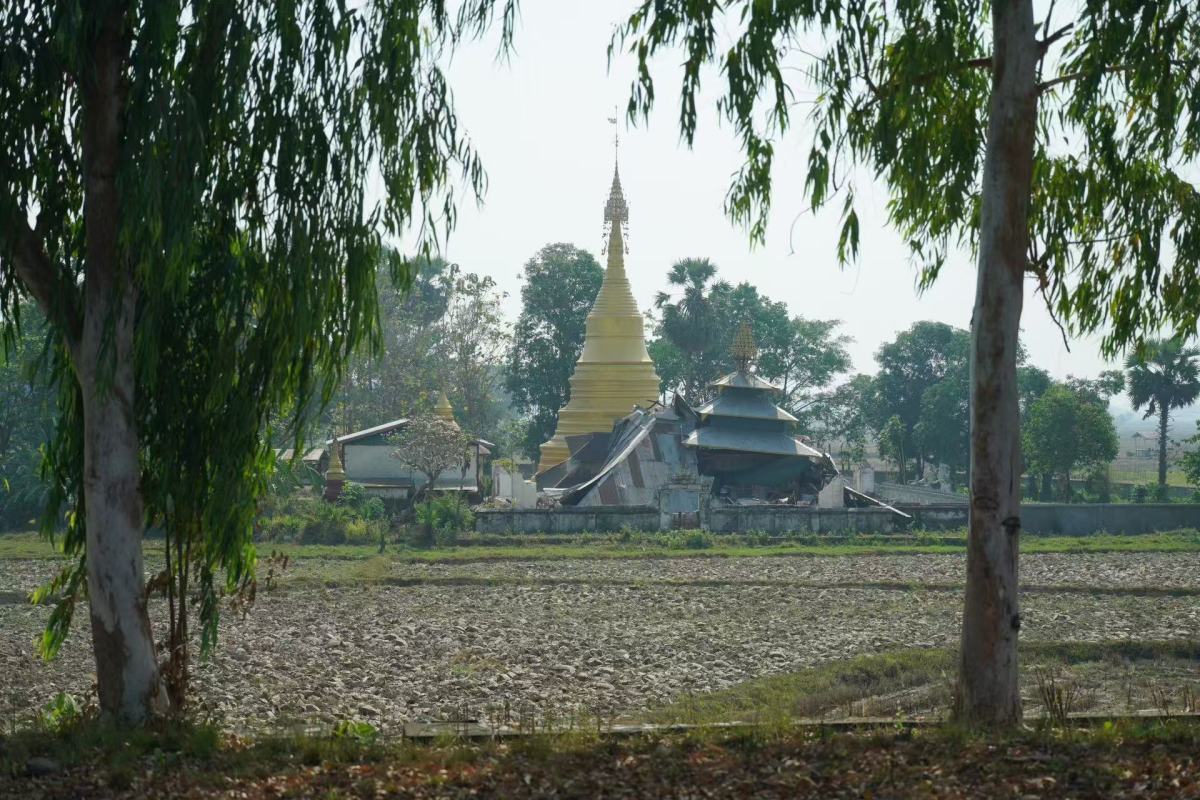It was still dark when we left Yangon at 5 a.m., the air heavy with silence and a faint sense of unease. Our team was en route to Mandalay—the area hardest hit by the recent earthquake. What used to be a nine-hour drive now stretches into thirteen, not because of traffic but because the road itself has been wounded.

As the sun rose, the damage became increasingly visible. Fissures snake across the highway, and potholes yawn beneath our tires. Some have been hastily patched, others remain treacherous. The road feels like a scar—long, uneven, and raw.

I stared out the window as we passed repair crews, heads down, hands blackened with asphalt, tirelessly filling cracks under the rising heat. Supply trucks rumbled by, stacked with bottled water. Rescue teams overtook us, their vehicles packed and purposeful. Everyone is moving north—toward the epicenter.

At one gas station, I noticed more than just the flag flying at half-mast. The ground itself had split. Workers were sealing the floor with tar, trying to stitch the earth back together. Around Mile 151, a temple had partially collapsed. The ornate spires now lay in ruins beside the road. No one was around to tell us what happened there.

What haunted me most wasn't the destruction but the silence. The longest crack we saw stretched for what felt like forever, slicing through the highway's center like a dark vein. Even filled in, it whispers of what happened here. A reminder that the land remembers, even when we try to smooth it over.

This road, once a lifeline between two of Myanmar's largest cities, is now a thread barely holding together. But people are still driving. Still rebuilding. Still hoping.
We keep moving, too.
(Reported by Alan Mak & Jack Wang; English Editor: Felicia Li)
Related News:
Journalist's Hands-On Experiences | When the rescue team landed, I saw both hope and heaviness




















Comment